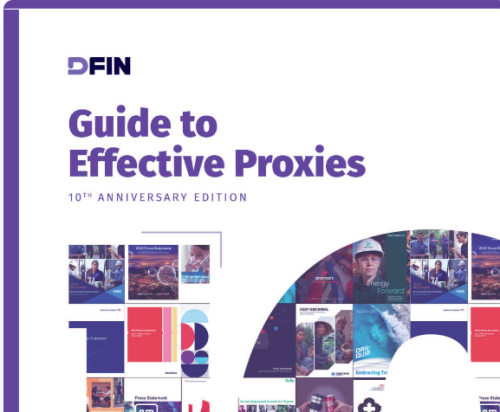IROs need to understand how ratings are created, and how they are used by investors
This article was produced in association with ELITE Connect. It was originally published on the ELITE Connect platform.
As the issue of ESG continues to rise in importance in the investment community, the results of ratings by ESG agencies are increasingly perceived as being key to investment decisions.
But these agencies give rise to some concerns within the industry. Charlotte Mansson, head of client relations at Global Engagement Service (GES) observes that there are two main reasons why ratings agency results aren’t always wholly reliable.
‘Firstly, there’s no standardization ‒ it’s not always clear what goes into the ratings,’ she explains. ‘And one agency’s approach can be totally different from another’s. Secondly, the main problem is that these agencies only really give a snapshot of the fund or company at that one time. They don’t reflect, for example, progress being made, or factors such as companies undergoing large organizational changes. This means investors won’t ever get the full picture.’
Another common criticism for ratings agencies is the questionnaire approach used by many and often viewed by companies in receipt of them as time-consuming and outdated. One ratings agency that has stopped using this questionnaire approach in favor of using a company’s published data is Inrate.
‘Historically we have used questionnaires, although over the last year or so we have seen the willingness by companies to provide hard additional facts declining,’ explains Patrick Fankhauser, head of sales & business development at the firm. ‘We’ve now taken the decision to use their data as a baseline, and evaluate this against our criteria instead.’
Dr Rory Sullivan, an independent responsible investment adviser, points to the need for companies to understand how the investment community actually applies these ratings in order to maximize their usefulness. ‘There’s a common misconception among companies that investors’ decisions are solely based upon ESG ratings,’ he says. ‘This really isn’t the case. Many fund managers and analysts use ESG ratings as a starting point for identifying companies that appear to be more or less exposed to a particular risk. They will then dig deeper into those companies to get a fuller perspective.’
So what can IROs do to maximize their company’s chance of rating success? For Fankhauser, it’s all about measurability. ‘The biggest potential to influence ratings is for companies to provide more clarity and detail on what they’ve actually achieved,’ he says. ‘There’s been a lot of progress with companies outlining their policies for making their business more sustainable, for example, but what they really need to report on more strongly is how these policies have had a measurable impact on the sustainability of their core products and services.’
Mansson adds that companies need to be using any means necessary to get their messages out there. ‘Communicate, communicate, communicate with your stakeholders, use webcasts and disclose as much as you possibly can,’ he says. ‘Listen to your stakeholder groups and take their concerns seriously, entering into dialogue where you can. Do everything possible to convey your key messages and highlight how your company is performing.’
Sullivan concurs, remarking that it’s down to the companies to influence how they are represented by ESG ratings agencies. ‘Of course, ESG ratings have limitations – they may not be 100 percent accurate and they may not articulate issues in ways that companies see as relevant to them,’ he points out. ‘But companies need to understand and accept these limitations, and take some responsibility themselves; blaming ESG agencies is a lazy excuse for poor reporting.’










